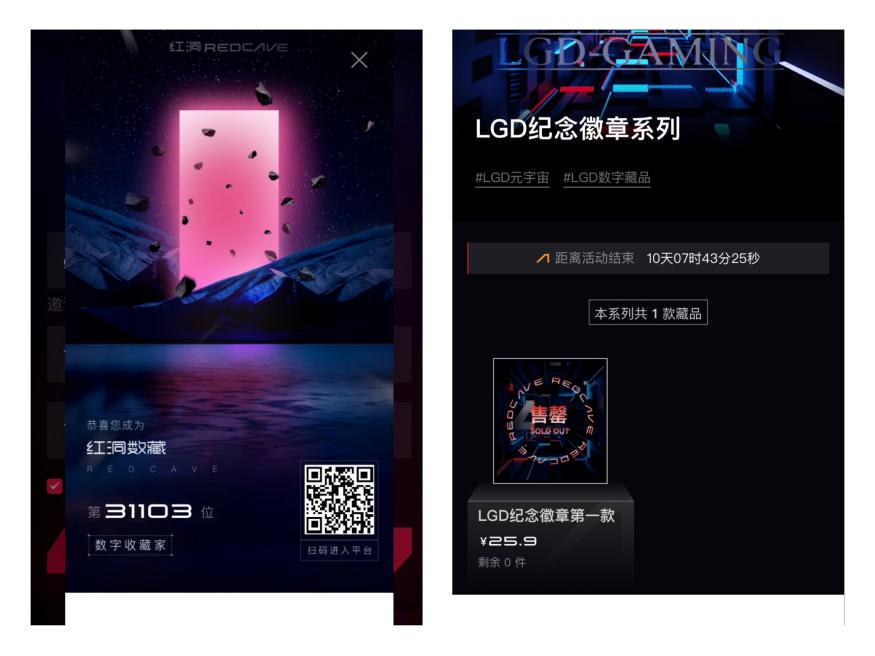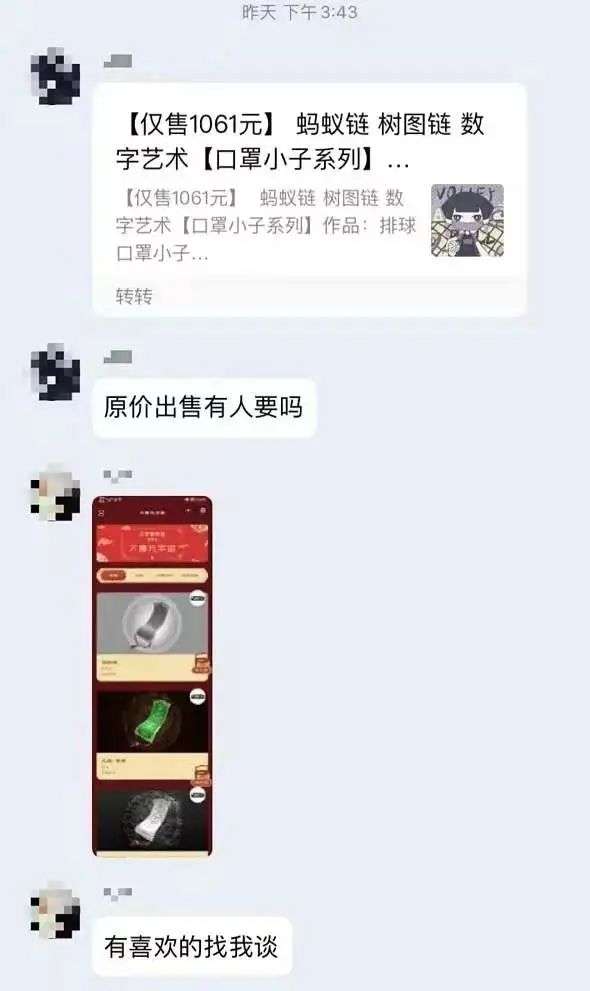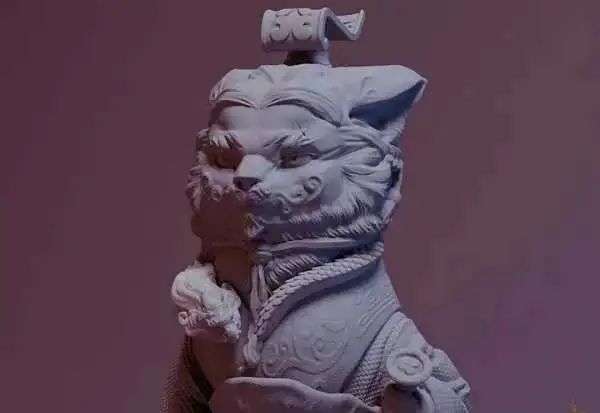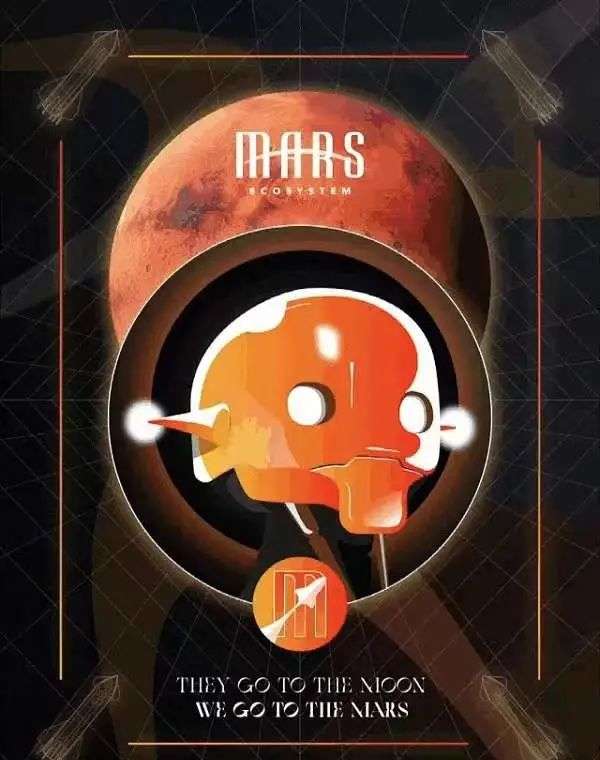Polyswarm is a decentralized threat intelligence market that uses Ethereum smart contracts and blockchain technologies to operate. Polyswarm rewards fast and accurate threat intelligence about the malintent of files, network traffic, and URLs with exact economic incentives in the $8.5 billion anti-viruses and automated cyber threat intelligence arena. PolySwarm is a real-time threat detection ecosystem made up of businesses, consumers, providers, and security experts from all around the world. Experts create and fine-tune competing “micro-engines” that independently analyze the latest risks in order to surpass their rivals. Threat detection accuracy is PolySwarm’s “Proof of Work”: the market pays specialists who can best defend corporations and end-users.
PolySwarm will lower the barrier to entry, provide larger coverage options, discourage duplication of effort, and ensure interoperability among products and threat intelligence streams, compared to today’s ad hoc market.
PolySwarm is a skill-required variation on a prediction market2, with thousands of micro-engines (“workers”) exploring the latest in malware evolution at machine speed – no humans involved.
PolySwarm will be created by PolySwarm Pte. Ltd. utilizing funds raised via ERC20-compliant token sales.
PolySwarm (NCT) is a cybersecurity firm that assists individuals, businesses, and security teams in detecting and gathering information on new and evolving malware. PolySwarm crowdsources rival security software from antivirus vendors and specialist security professionals to broaden large corporations’ cyber threat coverage and prevention. PolySwarm’s token, Nectar (NCT), is facilitated on the Ethereum blockchain, and suppliers are economically compensated depending on accuracy.
PolySwarm, a crowdsourced threat detection firm, announced the launch of its mainnet in a tweet on Wednesday. The term “mainnet” refers to a blockchain that is currently in use, with active products, services, and coins.
PolySwarm Roadmap
V0.1 Alpha.
A “Bounty Manager” smart contract that keeps Bounty Amounts and Fees, receives Assertions, publishes Verdicts, and compensates accurate Experts is included.
Posting and retrieval of artefacts to and from non-PolySwarm storage (e.g. S3 and/or IPFS)
At Bounty expiration, a prototype method for picking Arbiters has been developed.
Bounty publishing, Assertion response, and Arbiter ground truth determination reference implementations.
V0.2 Beta
Offer Channels: Setup of distributed channels, multiple offers over a single channel, and NCT settlement at channel close
Offer production and response implementation as a model
Arbiter ground truth notification and response implementation as a reference
Smart contracts for fee collection and distribution
Investigate and quantify the level of confidence (in NCT) required for a given Artifact volume.
Bounties and Offers development toolkit: a test and implementation framework for Experts and Ambassadors to automate Bounties and Offers services.
V0.3 Gamma
Worker Description Language (WDL) describes artefact analysis capabilities and expert authorship attribution (for reputation) in a distributed, searchable registry.
Pre-deadline confidentiality Bounty Assertions
Finalize Selection of arbitrators, their responses, and the end-to-end process Feedback loop with a bounty.
V1.0 Stable
Prior to moving from the PolySwarm testnet (test tokens) to the real PolySwarm market, PolySwarm Stable will focus on fixing problems in PolySwarm Gamma.
The threat detection marketplace will use PolySwarm’s nectar (NCT) token, which operates on the Ethereum blockchain.
Here’s how it works: PolySwarm allows users to submit URLs or files to be scanned for malicious code that may be included in them. An automated engine then compares the user-submitted file to a list of other “safe” codes, determining whether it is malicious or not. Nectar tokens are used to conduct transactions for this service, and they are also rewarded to software partners and customers who use PolySwarm.
Security specialists will compete in the marketplace to spot dangers and defend users from them. Nectar tokens will be awarded to those who accurately identify risks. To access the marketplace, both sellers and buyers will require nectar tokens.
PolySwarm’s marketplace is home to over 55 engines, including Crowdstrike, Sentinel One, and Kaspersky. PolySwarm CEO Steve Bassi told CoinDesk that Microsoft and Verizon are among the company’s biggest customers.
The term “token” is tossed about a lot in the blockchain and ICO industry, and it can be difficult to tell them apart. While the distinctions are hazy and not yet defined, one thing is certain: the idea of employing the PolySwarm ecosystem’s utility coin, Nectar. You could be asking yourself, “What does that even mean?” Here’s all you need to know about Nectar, our token, and how it fits within the PolySwarm ecosystem.
Isolation of the Market Using Tokens (Nectar)
We elected to build our own utility token, Nectar, which will be utilized to power transactions within the PolySwarm ecosystem.
What we mean is that if PolySwarm participants transacted directly in Ether (ETH), Ambassadors would be incentivized to buffer a number of Enterprises’ artifacts until the value of ETH falls below a certain threshold, lowering the Ambassador’s Bounty placement cost and, as a result, increasing profit.
This self-centered approach may benefit the Ambassador in the short term, but it will result in a tragedy of the commons, in the long run, potentially producing gridlock due to delayed Bounties (or even delayed Assertions placed on Bounties).https://df36153b5d1145d2f26dcb7ee7002ad0.safeframe.googlesyndication.com/safeframe/1-0-38/html/container.html
We expect PolySwarm bounties to operate on day or week timescales, orders of magnitude longer than minute fluctuations in ETH value, when considering the ground truth feedback mechanism.
In a Nectar-based PolySwarm, on the other hand, we may set the price of Bounty placement (in terms of NCT required) irrespective of ETH price variations, allowing us to implement stability methods and reduce the return on micro timing decisions that would otherwise be perverse incentives.
The Challenges
The current environment is a market for silver bullets. Both buyers and sellers are in the dark: vendors have no idea what hazards they’re missing, and buyers have no way of distinguishing between sellers. As a result, the market settles for “best practices,” as defenders refer to them, and “cargo cult,” as adversaries refer to it.
In today’s market, overlapping coverage among competing items is rewarded. For all parties, this means duplication of expense and work.
Today’s market leaves no room for specialist knowledge, resulting in a loss in overall coverage. In today’s market, being able to detect esoteric threats is meaningless unless you can also detect WannaCry, which everyone can detect. There’s no need to apply if you’re in a niche.
Interoperability is not rewarded in today’s market, making combinatorial coverage impossible.
Consider the following Venn diagram depicting the panorama of dangers to businesses:
Antivirus A will cover a segment of this landscape (the left circle), whereas Antivirus B will cover a portion of the landscape that partially overlaps with A’s (the right circle). The black color depicts all of the dangers that both products overlook.
Because businesses can’t utilize both products, they must pick one that “best fits” their predicted danger profile and accept the risk of threats that are only guarded by one of the products:
PolySwarm is an attempt to decentralise the threat intelligence market in order to address these market flaws.
Developers can programme new markets using blockchain-based smart contracts (Ethereum today, Tezos tomorrow?). PolySwarm is a pre-programmed market with carefully crafted incentives that address the flaws and hazards of today’s ad hoc market.
CISOs will be able to get more sleep, and businesses will be able to acquire better protection for less money, thanks to a decentralised market. Here’s how to do it:
Participation obstacles are removed as a result of decentralisation. Security specialists from all over the world who are skilled at reverse engineering or can provide unique insight will be able to put their skills to use from the comfort of their own homes or wherever (and whenever) they wish to work. There was no HR department, marketing, or sales; it was just pure research.
Decentralization necessitates the use of open source software that is interoperable. Rules specified in smart contracts and enforced by the community must be followed when participating in the PolySwarm marketplace. Enterprises will no longer be obliged to select the “least worst” or “best fit” solution; instead, they will be able to mix and match intelligence that addresses their threat profile.
PolySwarm encourages threat detection accuracy. If you are a security specialist who detects badness better than your peers, your reputation precedes you. PolySwarm rewards only constantly evolving, precise threat detection, so as an enterprise, you can rest easy.
PolySwarm is a marketplace for specialist services. PolySwarm’s incentive structure promotes specialist threat detection disproportionately.
PolySwarm’s security specialists will be rewarded for standing out, dispersing talent throughout the threat landscape, tackling more dangers than is currently possible, and avoiding the overlap concerns that plague the industry today.
By NIsha Jain
































